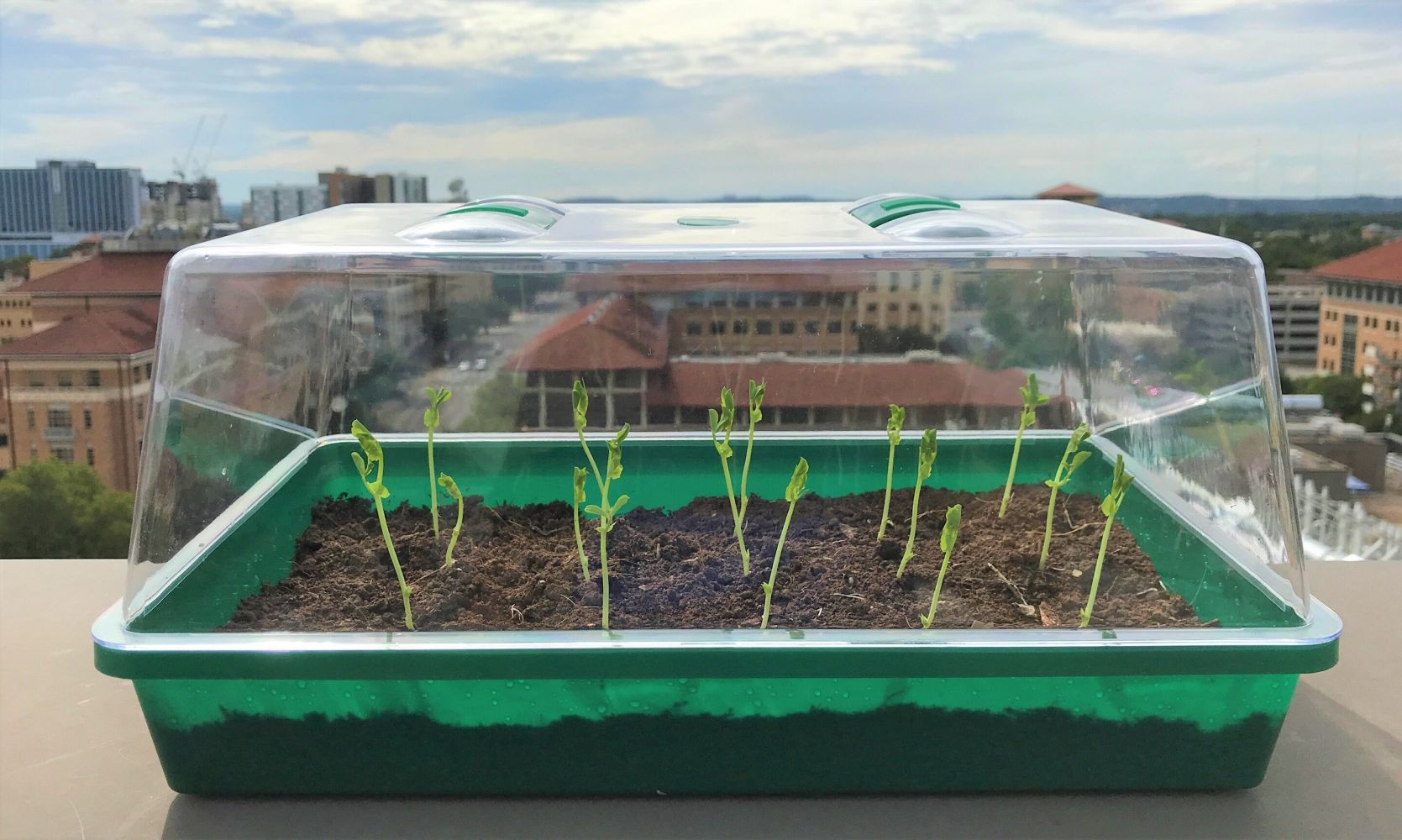Self-Watering Soil Could Transform Farming
4. 11. 2020 | University of Texas at Austin | www.utexas.edu
A new type of soil created by engineers at The University of Texas at Austin can pull water from the air and distribute it to plants, potentially expanding the map of farmable land around the globe to previously inhospitable places and reducing water use in agriculture at a time of growing droughts.
As published in ACS Materials Letters, the team’s atmospheric water irrigation system uses super-moisture-absorbent gels to capture water from the air. When the soil is heated to a certain temperature, the gels release the water, making it available to plants. When the soil distributes water, some of it goes back into the air, increasing humidity and making it easier to continue the harvesting cycle.

Each gram of soil can extract approximately 3-4 grams of water. Depending on the crops, approximately 0.1 to 1 kilogram of the soil can provide enough water to irrigate about a square meter of farmland. The gels in the soil pull water out of the air during cooler, more humid periods at night. Solar heat during the day activates the water-containing gels to release their contents into soil. During a four-week experiment, the team found that its soil retained approximately 40% of the water quantity it started with. In contrast, the sandy soil had only 20% of its water left after just one week.
Read more at University of Texas at Austin
Image Credit: University of Texas at Austin
-jk-




